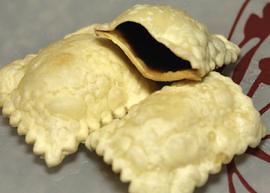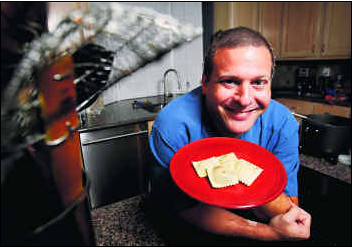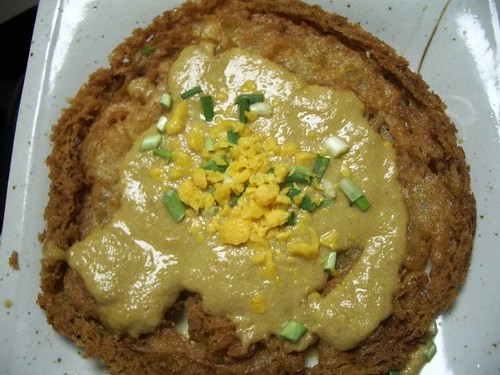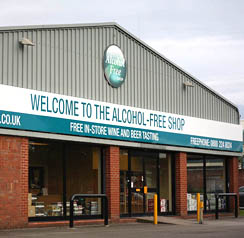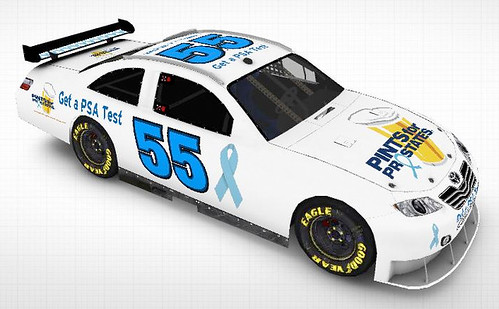
Here’s an interesting couple of infographics about how a hangover effects your body. The first is from Sloshspot (though I can’t find the original post) and the second is from an academic paper, Alcohol Hangover: Mechanism and Mediators, written in 1998.
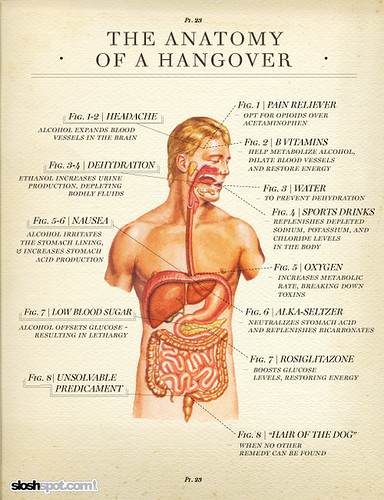
For a larger view, click here.
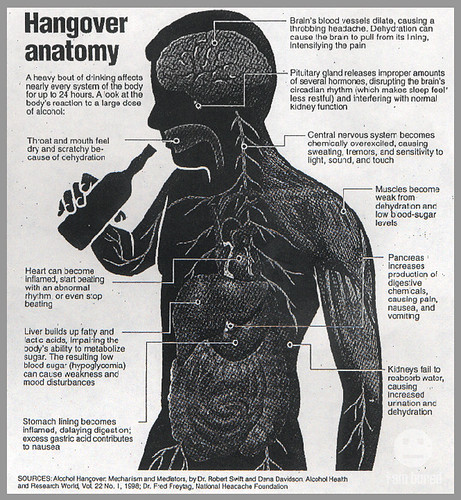
For a larger view, click here.


